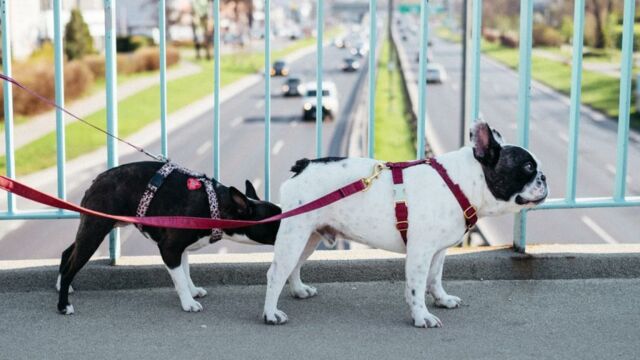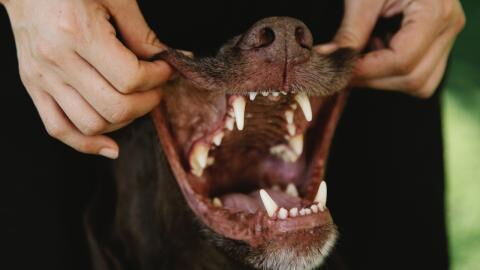As we look at the person we have just met to gather more knowledge about them, a dog sniffs a butt. This is a way to say hello and make ‘eye contact’. The handshake of the canine world is another way to describe it. But there is more to your pooch’s quirky (in the human world, anyway) habit than simple politeness.
Discover our latest podcast
Why do dogs sniff each other’s butts?

Dogs have as many as 300 million olfactory receptors in their noses compared with approximately six million in humans. As a result, it's been estimated that a dog's sense of smell is 10,000 to 100,000 times more acute than our own. These mind-blowing super-dog abilities allow our canines to gather vital information about a dog they’ve just met after a 3-5 second butt-sniffing encounter, Daily Paws writes.
When your pooch comes in contact with the unique and potent scent released by another dog's anal glands (two small sacs located inside the rectum), a fascinating amount of communication occurs. By simply sniffing another animal's rear end, your super-dog can download gigabytes of data about his companion's health, sex, diet, social status, and, importantly, their mood.
Melissa McMath Hatfield, owner of Loving Dogs in Fayetteville, Melissa said:
Dogs can smell adrenaline and pheromones, which can help them determine whether their companion is a friend or foe and whether they should fight, flee, or play.
And as dogs are good at remembering scents, this is how they'll know if they met the bottom’s owner before.
Should I stop my dog from sniffing other dogs’ butts?

It's perfectly acceptable to let your dog sniff another dog's private parts and vice versa, but keep in mind that a well-socialized, polite greeting generally lasts between three to five seconds. If the sniffing lasts any longer than this, consider it a red flag and separate the dogs.
Other signs that the sniff is about to turn into a tiff include low growling, raised hair, and one dog putting his head over the neck of the other dog.
A dog who doesn't want to be sniffed may also sit down to block the one-way communication from occurring. If you notice that your dog is trying to sniff a pup who would rather be left alone, employ the same redirection tactics outlined above to engage them in a more appropriate pursuit.
Read more:
⋙ What is your dog dreaming about in their sleep?
⋙ My dog eats grass, is it safe?
⋙ Is your dog’s breath stinky? This is what you can do about it















